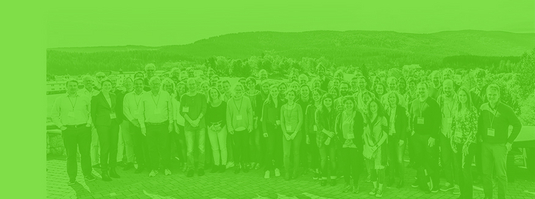The role of the extracellular matrix in ROS signaling in plants.
The plant extracellular matrix (ECM), also referred to as the cell wall, is a complex structure
rich in polysaccharides and proteins. It carries a strong negative charge due to the high
abundance of acidic polysaccharides such as pectin. Pectin comprises up to 30% of the cell
wall, and its de-methylesterified (negatively charged) binds Ca²⁺ to form 'egg-box' structures
that reinforce wall strength and rigidity. While the extracellular matrix is known for its structural
role, emerging evidence suggests it may also impact signaling processes in plants (Rössling et al., 2024).
Reactive oxygen species (ROS) are highly reactive molecules that serve as important
signaling cues in plant development and stress responses. However, excessive ROS
accumulation can cause oxidative damage, necessitating efficient scavenging mechanisms to
maintain cellular homeostasis. One common ROS detoxification mechanism involves proton
donation: molecules with available protons, such as flavonoids and other small antioxidants,
can neutralize ROS through redox reactions. In principle, any molecule with proton-donating
groups under physiological conditions could contribute to ROS scavenging (Mittler et al.,
2022). Given the biochemical properties of the extracellular matrix, I propose that changes in
cell wall composition may influence extracellular ROS dynamics—either directly, by providing
proton donors essential for ROS scavenging, or indirectly, by modulating calcium signaling.
Understanding the interplay between cell wall charge, ROS scavenging, and calcium signaling
will provide new insights into plant resilience mechanisms, with potential implications for
improving stress tolerance in crops through targeted manipulation of extracellular matrix
properties.






